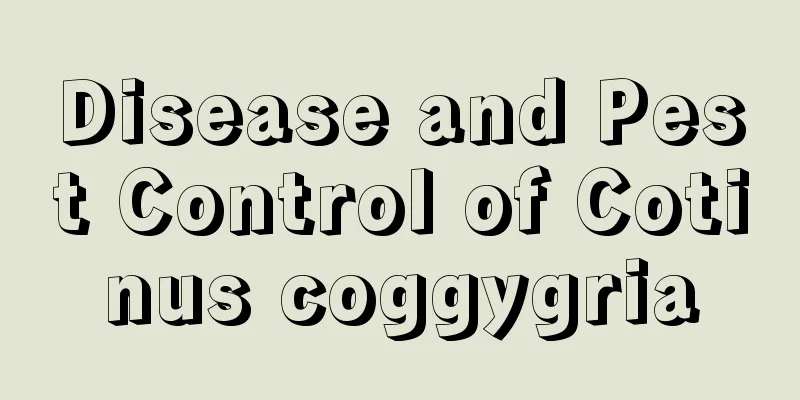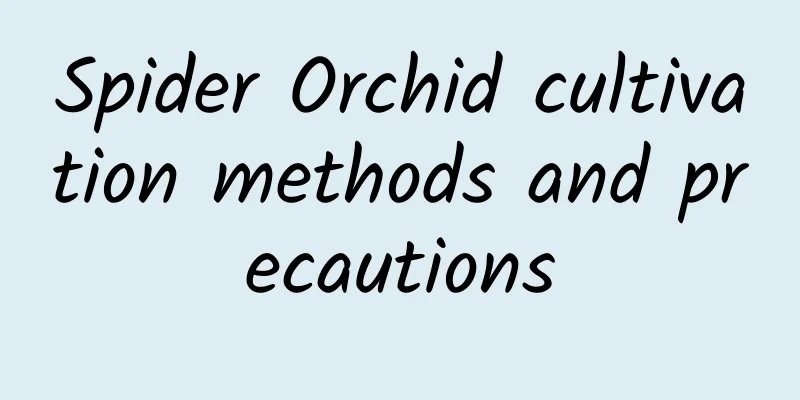Disease and Pest Control of Cotinus coggygria

Brown spotThe brown spot disease of Cotinus coggygria mainly requires controlling the appropriate environmental temperature, avoiding excessive cold or heat, to ensure its normal growth. If the disease is found, you can directly spray it with the corresponding fungicide. Root-knot nematode diseaseWhen it is cold in winter, the diseased seedlings with nodules can be dug out and frozen outdoors in the open air using the natural low temperature. If the disease is mild, you can directly cut off the nodular roots and soak them in 45℃ water for about five minutes. Use water temperature to kill the insects; if the disease is more serious, the nodular roots need to be completely destroyed, and add chlorpyrifos (250 grams/667 square meters) within 5-6 cm on the side of the root to prevent the spread of pests. aphidThis situation is quite common. If it is not properly prevented and occurs, you can just use a special insecticide to deal with it. It is not very troublesome. Underground pestsFor pests lurking underground, you can usually irrigate the area around the roots of the seedlings with pesticide solution, such as 1000 times the solution of 50% chlorpyrifos emulsifiable concentrate. You can also use poisoned bait to lure and kill them, with the bait being wheat bran, soybean cake, cottonseed cake, corn kernels, etc. First, fry the bait until fragrant, then add in 30 times diluted 90% dichlorodiphenyltrichloroethane crystals and mix well. For every 30 crystals of the liquid, mix 1 kg of bait, add appropriate amount of clean water to wet it, and spread it in the evening. Damping-offDamping off disease requires strengthening the sanitation management of the garden, focusing on cleaning and pruning diseased branches in a timely manner. You can take 50% carbendazim solution, or 500-1000 times solution of 50% wettable powder, or 1:1:120 times solution of Bordeaux, and spray it once every 10-15 days. powdery mildewThe main method to prevent and control powdery mildew is to spray with Baume-sulfur mixture before the branches sprout. You can also use 20% oxycarboxin or 800-1000 times solution of triadimefon and manganese zinc for spraying, both of which will achieve good results. Fusarium WiltFor Cotinus coggygria wilt, seriously diseased branches need to be dug out, burned and then buried in the soil to block the root cause; then use pentachloronitrobenzene to treat the soil. An appropriate amount of the liquid medicine can be mixed into the soil. After watering, the soil can be turned over again. |
<<: Disease and Pest Control of Rhododendron pubescens
>>: Disease control of sweet pepper
Recommend
When is the best time to plant rose branches?
1. Best time 1. Softwood cuttings If you use youn...
How to grow blueberries in pots and what to look out for How to care for blueberry trees in pots
Potted blueberries are relatively easy to grow. P...
The efficacy and function of green vegetables
1. Laxative Green vegetables can improve the dige...
Mimosa planting methods and precautions Mimosa cultivation tips (simple method)
How to plant mimosa Soil selection To cultivate M...
Is Tiger Piranha poisonous?
1. Is it toxic? Sansevieria is non-toxic and will...
What to do if the root of the baby is rotten
Causes of root rot Improper watering: The princip...
Pictures of common peach tree diseases and prevention methods
1. Scab Scab is one of the main diseases of peach...
Is it better to mix bone meal with water and water the flowers or bury it in the soil (how to make bone meal to fertilize flowers)
What are the benefits of using bone meal to water...
How to pollinate blue flower
Pollination method of blue flower Before pollinat...
How to grow Rieger Begonia
1. Soil To cultivate Reie Begonia, you need to us...
Why can't Jasmine be placed in the bedroom?
1. Reasons why it cannot be released (1) Aroma: J...
How often should you water orchids?
How often should you water orchids? When caring f...
How to grow money string fast
1. Proper lighting Money tree loves sunlight very...
What to do if azalea drops leaves in winter
1. Causes of leaf fall The weather is relatively ...
How to raise white snow ray, pictures of white snow ray
1. Adequate sunlight Snow lily is a succulent pla...









